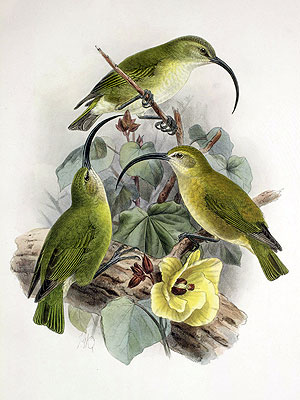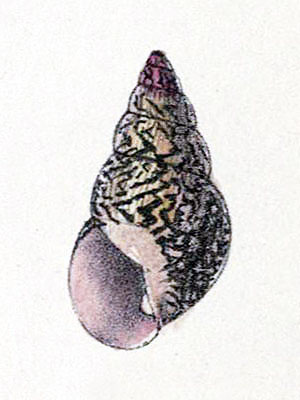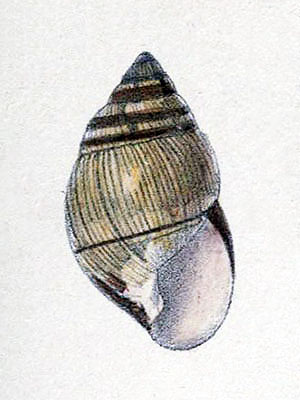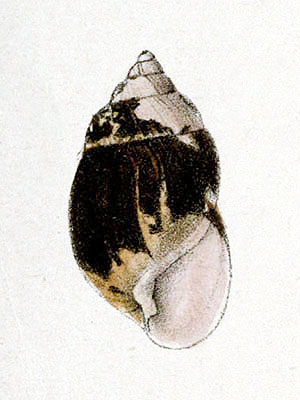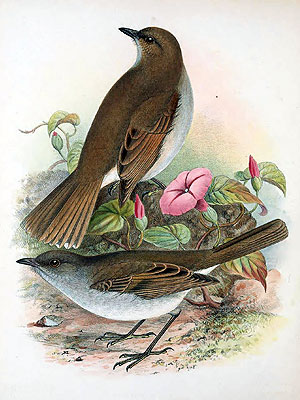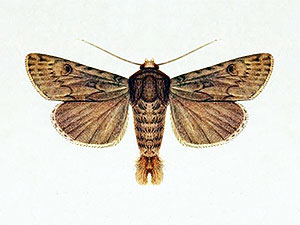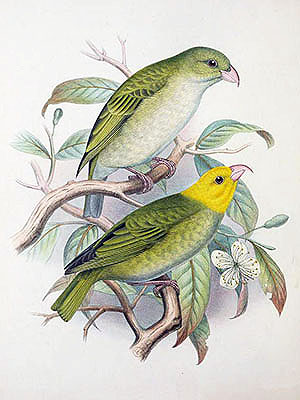Lanai Hookbill (Dysmorodrepanis munroi)
The Lanai Hookbill was described in 1919 on the basis of a single specimen that was collected in 1913 by George Campbell Munro, a New Zealand-American botanist, entomologist, and ornithologist.
“Mr. Munro’s notes give the following additions: – “Length six inches, sex not determined, the legs muscular with strong sinews, the jaw muscles more than usually developed, skull round almost like a marble, eyes large for the size of the bird, the iris dark brown, as also the upper mandible, the lower light brown, lighter beneath; legs light slate-colour, the soles of feet yellowish.”
Hab. Lanai. “This specimen, the only one of the species that I know of, was taken in the Kaiholena valley, Lanai, at an elevation of about 2000 ft. The stomach and throat were full of the ripe berries of Urera glabra, which is common in the locality” (Munro).
Mr. Munro, who has now for some years been permanently resident on Lanai, writes further that though he thoroughly explored the forest on thet island in the years 1914, 1915, 1916, and subsequently, he has only twice come across birds that he suspects of being the smae species as the one described. “On March 17th, 1916, further up the same valley, where it is very densely wooded, I heard two or three birds calling to one another, the cry being less sweet and not so loud as that of the Ou (Psittirostra), and I watched one on the bare branch of a tree-top a short distance away. It called regularely at intervals and kept moving its head, stretching its neck and turning on its perch without chanching its place on the branch. It looked smaller than an Ou and more active, but less so than Chlorodrepanis. The form of the bill could not be made out, but it was not that of the latter.”
“On Aug. 12th, 1918, in a patch of dry forest on the south-west side of the mountain, at about the same elevation as that where the original specimen was obtained, I saw another bird, and was near enough to note the light colouring round the eye, but not the form of the beak. Some of its notes were like those of Psittirostra, but others new to me, especially a low squeak or whistle, and it was too small for that bird, not so thick-set and with a very short tail. So I feel sure it was the other.”” [1]
The native forests of Lana’i were almost completely destroyed at that time, and the birds seen by G. C. Munro very probably were the last surviving individuals of that species.
***
For some time this very enigmatic form was thought to represent an aberant female Ou (Psittirostra psittacea (Gmelin)), but was finally considered a distinct species in 1989 and is now widely accepted as such. [2]
*********************
References:
[1] R. C. L. Perkins: On a new genus and species of bird of the family Drepanididae from the Hawaiian Islands. The Annals and Magazine of Natural History; Zoology, Botany, and Geology 9(3): 250-252. 1919
[2] Helen F. James; Richard L. Zusi; Storrs L. Olson: Dysmorodrepanis munroi (Fringillidae: Drepanidini), a valid genus and species of Hawaiian finch. The Wilson Bulletin 101(2): 159-367. 1989
*********************
edited: 09.10.2020

